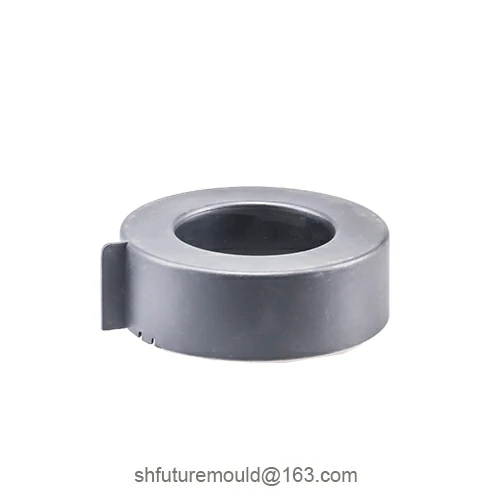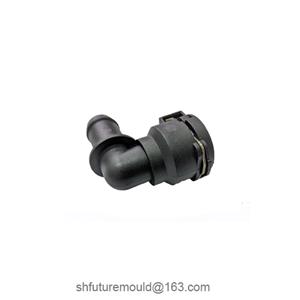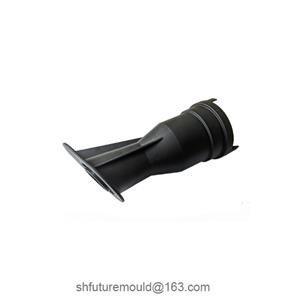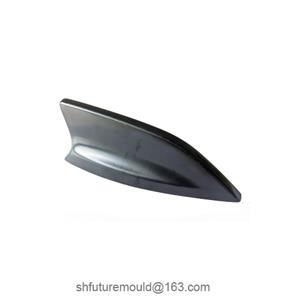Solutions to Cracking in Aluminum Die Casting
Cracking in aluminum die castings is a common issue that significantly impacts product quality. Numerous factors can contribute to these cracks, and this article will delve into several key areas and provide corresponding solutions.
Analysis of Crack Formation
Alloy Composition Issues:
Imbalance in alloy element content: Excessive or insufficient silicon, excessive magnesium, or impurities exceeding the standard.
Improper control during alloy melting: Severe oxidation, inclusions, etc.
Process Parameter Issues:
Excessive or insufficient pouring temperature: High temperatures can lead to porosity, while low temperatures can cause cold shuts.
Excessive or insufficient pouring speed: High speeds can result in flash and shrinkage cavities, while low speeds can cause cold shuts.
Insufficient holding time: Internal shrinkage cavities and cracks can occur within the casting.
Rapid cooling rate: Thermal stress can be induced, resulting in cracks.
Die Design Issues:
Inappropriate cavity design: Excessive wall thickness variation, small fillet radii, or improper gate location.
Incomplete venting system: Gases cannot be promptly evacuated from the cavity, leading to porosity and cracks.
Solutions to Cracking
Alloy Composition Adjustment: Adjust the alloy composition based on analysis results to ensure it meets process requirements.
Process Parameter Optimization:
Optimize pouring temperature, pouring speed, holding time, and cooling rate.
Implement a rational gating system design.
Die Design Improvement:
Optimize cavity design by increasing fillet radii and reducing wall thickness variations.
Perfect the venting system to ensure smooth gas evacuation from the cavity.
Die Maintenance:
Regularly inspect dies and promptly repair wear and cracks.
Keep dies clean to prevent oxidation.
- Injection Mold
- Automotive Injection Mold
- Electronics & Electrical Injection Mold
- Consumer Goods Injection Mold
- Airplane Components Injection Mold
- Medical Components Injection Mold
- Irrigation Components Injection Mold
- Injection Molds




